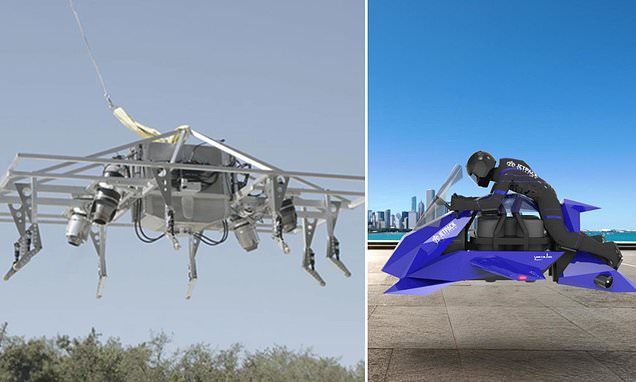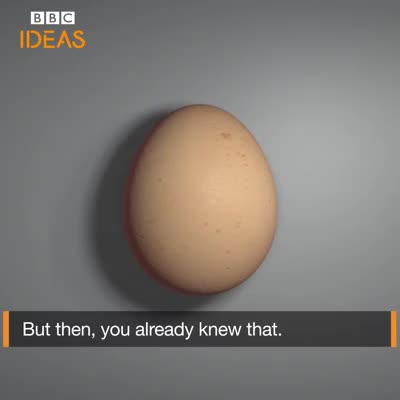The makers of a luxury vehicle billed as a ‘flying motorcycle’ that can travel upwards of 300mph have completed flight testing their first prototype and are ready to take preorders.
Jetpack Aviation envisions its Speeder—a jet-powered, vertical takeoff and landing (VTOL) aircraft—as both a pleasure craft and a mission vehicle well-suited for medical teams and fire and rescue operations.
The company’s P1 prototype has an aluminum chassis and was tethered during recent flight testing in Southern California, where it hit several benchmarks that ‘demonstrated the Speeder’s ability to take-off, climb, hover, yaw and perform slow transitions into forward flight,’ Aerospace Testing International reported.









